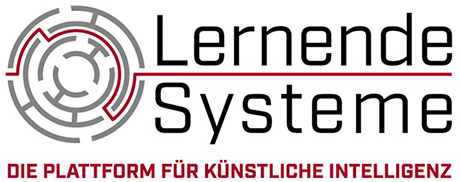
Ms Apachiţe, how does trust in self-driving cars develop?
Corina Apachiţe: Trust comes from experience. In automated driving, it can be direct experience as a passenger in such a vehicle. Or indirect, mediated experiences in the form of explanatory videos, simulations and experience reports. Both must be addressed and enabled. It is important to distinguish between objective and subjective perception. Even if, statistically speaking, aeroplane accidents occur much less frequently, as humans we are more afraid of them than of accidents on roads. What about automated driving? Is it the fear of the unknown new or rather the fear of a demonstrably increased danger in road traffic?
I am convinced that as soon as people experience and understand this new technology, acceptance and use will also increase. What is new about the current developments in the field of automated driving and also Artificial Intelligence is that people, their needs, the ethics of technology development and use are taken into account from the very beginning - and not just when such solutions are on the road.
What are the current challenges in the interaction between the driver and the automated vehicle?
Corina Apachiţe: There are no concepts of human-machine interaction that cannot be further improved. In the past, user interfaces were overwhelming in their complexity. For example, only experts could operate a computer. Today, smartphones offer intuitive interaction concepts. The relationship has turned around: it is now the machine that understands and supports the human. The machine "educates itself" to understand and support the human. This also applies to human-machine interaction in the vehicle: we develop solutions that are intuitive to use, that push complexity into the background and that are also capable of continuously improving from the interaction with the user. The good thing is that much of the state of the art can be transferred to the interior of the vehicle. This enables a seamless transition between the different living spaces of people. The challenge here is to adapt the user experience to the respective context in real time, to personalise it and also to take safety-relevant aspects into account. The user should arrive at his destination safely, connected and comfortably - the need for mobility becomes the mobility experience.
What helps people build trust in autonomous vehicles: Legal certainty and regulation or intuitive design?
Corina Apachiţe: It is always a combination of many different factors, also very individually designed. As a technology provider, we have to enable trust to be built. Hundreds of thousands of engineers around the world, including at Continental, are working on the development and reliability of the systems. The evolution of AI must go hand in hand with solid ethical and legal safeguards and rules. A new reality with automated driving must emerge - with regulations that create security for programmers and also companies. Homologation and certification are proof from an independent body that the systems meet safety criteria. This is important to us at Continental, along with common standards. A "seal of approval" for automated driving and AI will help build trust. These steps need to be addressed jointly by vehicle manufacturers, suppliers, technology providers, research, society, legislators, ethicists and end users to enable progress.
Developing solutions for the mobility of the future is creativity in a highly technological field. Creativity needs open spaces and real labs to push the envelope of what was considered impossible until yesterday. Real labs for automated driving and AI also enable a direct immediate experience with the new. We need to encourage and enable that. "The illusory giant" becomes smaller as we approach it.
This interview is released for editorial use (if the source is named © Plattform Lernende Systeme).
